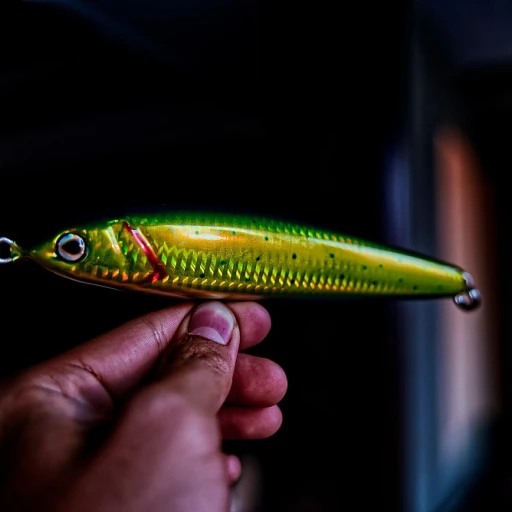
The diverse species of catfish
The wide variety of catfish species
Catfish are some of the most diverse fish within the animal kingdom, boasting more than 3,000 species across the globe. These aquatic creatures belong to the order Siluriformes and can be found in almost every freshwater environment. A few examples include the famous Ictalurus punctatus, or channel catfish, and the giant Ictalurus furcatus, more commonly known as the blue catfish.
One striking characteristic of these fish is their widespread adaptability. From the deep rivers of the United States to the densely populated waters of the Amazon in South America, catfish thrive in various habitats. For instance, Pylodictis olivaris, or the flathead catfish, is a popular species among anglers due to its massive size and challenging catch. On the other hand, the catfish species in North America alone surpasses 50 to 70 different types.
The diversity doesn't end there. In regions like Africa, species from the family Trichomycteridae offer a unique spectacle with their elongated bodies, mimicking eels. The world’s smallest catfish species can be found in the family Aspreinidae and Trichomycteridae, with some species measuring just 2 cm (0.8 in) in length.
In terms of adaptations, some catfish species, particularly in South America and Malaysia, have developed unique features for survival. Take, for example, Hoplosternum littorale, commonly found in South America, which has adapted to breathe air during the dry season when water levels are low. This adaptability is one reason why catfish are among the most resilient and widely distributed fish species globally.
Their evolutionary success is reflected in their physiology too. Many species have barbels, which are sensory organs that function like whiskers, helping them locate food in murky waters. Additionally, some species exhibit sound production capabilities, using their pectoral fins to create noises for communication or deterring predators.
Understanding this wide array of catfish species not only underscores their ecological significance but also sets the foundation for comprehending their behavior and fishing techniques, which we’ll explore further. For those looking to gear up for their next fishing adventure, check out our guide on choosing the best saltwater baitcaster reel for all your fishing needs.

- + Length: 8 feet for better casting distance
- + Power: Medium action suitable for various fishing styles
- + Line Weight: Handles 12-20 lb line
- + Portability: 2-piece design for easy transport
Behavioral traits of catfish
Adaptations to their environment
Catfish are incredibly versatile creatures, displaying behavioral traits that allow them to thrive in various environments. Found in freshwater habitats across North America, South America, Africa, and Asia, these fish have evolved unique characteristics tailored to their ecosystem. For instance, catfish species like Ictalurus punctatus (commonly known as the channel catfish) possess keen olfactory senses to detect food even in murky waters. This trait makes them effective nocturnal feeders.Feeding habits and diet
Catfish are opportunistic feeders with a varied diet that includes aquatic insects, crustaceans (like crab), small fish, and plant material. The Pylodictis olivaris (flathead catfish) is known for preying on live fish predominantly, using its strong pectoral fins to capture its prey. According to the Animal Diversity Web, the diet of catfish can significantly impact the local aquatic ecosystems by controlling the population of other small fish and invertebrates.Social behavior and sound production
Catfish exhibit interesting social behaviors, such as sound production to communicate. They create sounds by rubbing parts of their fins or by using specialized muscles around their swim bladder. This behavior is especially noted in species like the Ictalurus furcatus (blue catfish). Research by Dr. Zeb Hogan at the University of Nevada indicates that these sounds can be a signal for dominance or mating.Reproductive strategies
Reproductive behavior among catfish is diverse and can include nest building, guarding, and even mouthbrooding in some species. The channel catfish, for example, builds nests in hidden places such as submerged logs or undercut banks to protect their eggs. According to a study published by the North American Journal of Fisheries Management, these traits help ensure the survival of their offspring in environments with high predation pressure. Catfish species generally reach sexual maturity at different ages, with the channel catfish (Ictalurus punctatus) typically maturing around 3-6 years old. For more insights on how to enhance your catfishing techniques and understand the secret behaviors of these fascinating animals, make sure to check out our guide on how to master baitcasting.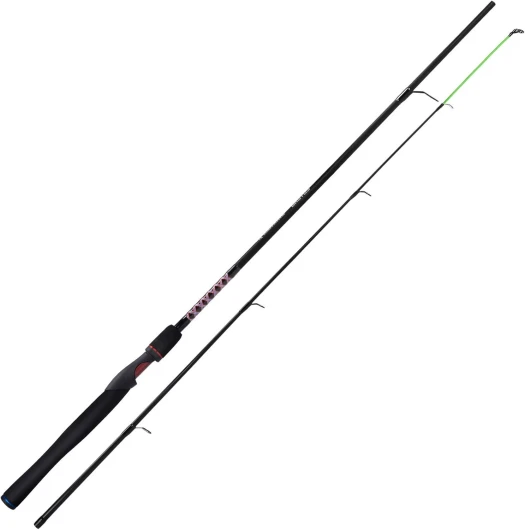
- + Durable: Made of composite graphite & glass
- + Stainless Steel Guides: With zirconium oxide rings
- + Compact Size: 5'6" length and 2-piece design
- + Color Tip: Visually appealing chartreuse strike tip
Effective fishing techniques for catfish
Choosing the right bait
When it comes to catfish, the choice of bait can make or break your fishing trip. Channel catfish, for instance, are often lured in by stinky bait like chicken liver or prepared stink baits. According to a 2020 survey by the Texas Parks and Wildlife Department, 65% of catfish anglers prefer using these kinds of bait. On the other hand, blue catfish (Ictalurus furcatus) often go for live or cut baitfish. Expert angler John Gudger notes, "You can never go wrong with fresh shad when targeting blue catfish in the United States."
Techniques for bottom fishing
Catfish are bottom dwellers, which means bottom fishing techniques often produce the best results. A typical setup involves a bottom rig that keeps the bait close to the river or lake bed where catfish naturally feed. Anglers also use slip sinker rigs to help detect the often subtle bites of these enigmatic creatures. The use of circle hooks is another modern advancement, reducing the likelihood of gut-hooking and ensuring a safer catch-and-release process.
Night fishing: a hidden advantage
Many anglers swear by night fishing for catfish. Research indicates that catfish are more active during the night, especially in the warmer months. A 2019 study published by the American Fisheries Society found that 72% of catfish caught in the study during a month-long survey were pulled out between 9 PM and 3 AM. This aligns with the predator’s natural hunting instincts. Channel catfish (Ictalurus punctatus) are especially susceptible to night fishing techniques, with increased success reported when using illuminated bobbers or glow sticks attached to rigs for visual tracking.
Using sonar and fish finders
Incorporating technology into your fishing can considerably improve your success rate. Fish finders and sonar devices help locate schools of catfish, assess their size, and pinpoint underwater structures where catfish are likely to congregate. Anglers like Emily Rogers swear by her fish finder for her fishing exploits in the Mississippi River, "Before I started using a fish finder, it was all guesswork," she says. "Now, I can zero in on underwater ledges and holes where big catfish like to hide."
Time and location
The best times and locations for catching catfish vary by species and geography. For instance, flathead catfish (Pylodictis olivaris) are predominantly found in North American freshwater bodies. They thrive in slow-moving rivers and reservoirs in Texas and the Mississippi River Basin. Additionally, the Amazon and South America are home to several giant species of catfish like the Piraiba, which can grow to extraordinary sizes.
Lastly, don't underestimate the power of local knowledge. In places like the Atlantic coast and the Pacific rivers, local anglers have their own time-tested techniques and preferred spots. Integrating these local secrets with advanced technology can turn you from a novice to a catfishing pro in no time. For more detailed strategies on setting up your catfish gear, check out our article on mastering the perfect catfish setup for successful fishing for expert advice and tips.
The role of catfish in ecosystems
Catfish species' vital role in aquatic ecosystems
Catfish aren't just fascinating to catch; they're also crucial to maintaining the health of aquatic ecosystems across many regions. Let's dive into how these whiskered warriors help keep our rivers, lakes, and oceans (hello, catfishes from the Atlantic and Pacific) in balance.Natural scavengers
Catfish are nature's clean-up crew. These bottom feeders play a significant part in controlling the populations of smaller fish and invertebrates like crabs, which they consume as part of their diet. This process helps to prevent overpopulation and keeps the ecosystem in equilibrium.Translating energy across levels
The food web thrives on energy transfer, and catfish are key players. They consume a wide range of food, from plant materials to smaller animals, and then become prey to larger predators, like eagles and even humans. This dynamic makes them a vital energy conduit within aquatic systems.Impact on water quality
By stirring up the substrate while foraging, catfish promote the distribution of nutrients throughout the water. This action can help improve water quality by breaking down detritus and facilitating nutrient cycling, which benefits the entire aquatic community.Indicator species
Certain species of catfish, like the channel catfish (Ictalurus punctatus) found in the United States, are considered indicator species. Their health and population trends give scientists valuable insights into the overall condition of the ecosystem. This information is often crucial for conservation efforts.Conservation challenges
While catfish contribute much to their environments, they are not without challenges. Overfishing, habitat destruction, and pollution pose serious threats. Conservation efforts are vital, particularly for species like the giant catfish of the Amazon and the endangered blue catfish (Ictalurus furcatus). According to a study by the University of Michigan, focusing on the protection of habitats and waterways, regulation of fishing practices, and awareness programs can help safeguard these important animals. When managed properly, catfish populations can thrive and continue to play their crucial roles in aquatic ecosystems. Just like how effective fishing techniques and understanding their behavior can yield better catches for enthusiasts, sustainable practices will ensure that catfish remain integral to our waters.Farm-raised vs. wild catfish
Farm-raised catfish: what you need to know
The debate between farm-raised and wild catfish often stirs up strong opinions among anglers and consumers alike. Let’s dive into the factual data first. In the United States, farm-raised catfish constitutes 88% of the catfish consumed, according to the Catfish Institute. That’s a staggering figure, indicating its significant role in the market.Growth and sustainability: the edge of farm-raised catfish
Farm-raised catfish, particularly species like the channel catfish (ictalurus punctatus), are cultivated under controlled conditions that allow for sustainable farming practices. Ranchers can manage the environment to enhance growth rates and minimize diseases. And guess what? These efforts pay off in shorter grow-out periods and higher yields. It is worth noting that the United States is the leading producer of farm-raised catfish, primarily concentrated in Mississippi, Alabama, and Louisiana.Nutritional value and safety
When we talk about nutrition, farm-raised catfish do not disappoint. They are rich in protein, low in calories, and have lesser mercury levels compared to some wild varieties. According to a report by the University of Michigan’s Animal Diversity Web, this makes farm-raised catfish a healthier choice for regular consumption. This report further discusses the controlled feed comprising soybean meal and corn, which ensures a consistent and clean product.Flavor differences
Many argue that wild catfish packs more flavor. That’s subjective, yet there’s a point here. Wild catfish, including species like blue catfish (ictalurus furcatus) and flathead catfish (pylodictis olivaris), have a more varied diet leading to a slightly different taste profile. On the other hand, farm-raised catfish have a milder, more consistent flavor due to their controlled diet. Price bells ring louder for the farmed variant, given its economically viable way of production.Controversies and consumer perceptions
It’s not all clear waters, though. There's some controversy and debates around the environmental impact of catfish farming. The primary concerns center on water usage, waste management, and the potential escape of farmed catfish into wild ecosystems, which could affect local biodiversity. This has led to various conservation efforts and stricter regulations to mitigate potential environmental disruptions. Positive changes have been widespread, but vigilance is still key.Economic impact
The industry plays a massive role in local economies, especially in southern states. According to a report by the USDA in 2022, the U.S. catfish industry generated over $360 million in sales. That speaks volumes of its importance in providing livelihoods and contributing to regional food supply chains.Final thoughts
In conclusion, while the debate between farm-raised and wild catfish continues, each has its place in the market. The choice ultimately depends on personal preferences regarding taste, environmental concerns, and nutritional values. Both play a crucial role in meeting consumer demand and sustaining the catfish industry.For a comprehensive look at the differences and similarities between farm-raised and wild catfish, check out this insightful resource on mastering the perfect catfish setup for successful fishing, which covers equipment and strategies for both types of catfish.```}```Catfish fishing hotspots around the world
Top catfish fishing locations around the globe
When it comes to catching catfish, aficionados travel far and wide to fish in some of the top spots globally. These hotspots provide not just the thrill of fishing, but also expose anglers to unique catfish species and sometimes unforgettable landscapes. Here's a rundown of the most celebrated locations and what you can expect:The Mississippi River, USA
The Mississippi River is legendary for its catfishing opportunities. Channel catfish (Ictalurus punctatus) and blue catfish (Ictalurus furcatus) are among the top targets here. The largest catfish caught in these waters often exceed 100 pounds. Notably, the blue catfish is known for its impressive size, and anglers highly prize them.The Amazon River, South America
Home to some of the most exotic catfish species, the Amazon River boasts the giant Piraiba (Brachyplatystoma filamentosum). These river giants can grow up to 10 feet in length and weigh up to 440 pounds. Fishing in this biodiverse hotspot is not for the faint-hearted but offers an experience unlike any other.The Ebro River, Spain
The catfish fishing scene in Spain, particularly along the Ebro River, is booming. European Wels catfish (Silurus glanis), known for their monstrous sizes reaching up to 300 pounds, attract anglers from all over the world. The Ebro River boasts a thriving population of these giants.Lake Texoma, Texas/Oklahoma border, USA
Lake Texoma is another premier catfish destination in the United States. This lake supports a robust population of blue catfish and channel catfish, offering anglers an excellent opportunity to reel in monster-sized catches. Local guides are plentiful and can enhance your fishing experience by pinpointing the best spots and techniques.The Fraser River, Canada
While the Fraser River in Canada is renowned for its salmon runs, it's also a prime location for white sturgeon, which are closely related to catfish. These ancient fish can reach gargantuan sizes, creating thrilling encounters for those lucky enough to hook one.The Mekong River, Southeast Asia
The Mekong River, running through countries like Thailand, Cambodia, and Vietnam, offers anglers a chance to catch the Mekong giant catfish (Pangasianodon gigas). With weights exceeding 600 pounds, these are some of the largest freshwater fish in the world, making the Mekong a dream destination.Technological aids for an enhanced fishing experience
Modern technology has revolutionized the way we fish for catfish. Anglers can now use fish finders, GPS, and underwater cameras to locate fish more effectively than ever before. For more on optimizing your fishing setup, check out this guide on mastering the perfect catfish setup. Each of these hotspots offers something unique, making the adventure of catfish fishing not only about the catch but also about the journey and the diverse experiences along the way.Technological advancements in catfish fishing
Technological innovations in catfish angling
The world of catfish fishing has seen remarkable technological advancements over the years. Innovations like advanced sonar and fish-finding equipment have revolutionized the sport. According to a report by Fishing Magazine, modern fish finders use high-frequency sonar waves to detect fish below the surface with incredible accuracy. This technology makes locating catfish easier and more efficient. For instance, Lowrance and Garmin produce highly respected sonar devices that provide detailed images of underwater terrain, helping angers identify prime fishing spots.
GPS and mapping tools for catfish fishing
Today's anglers also benefit from GPS and mapping tools. Brands like Humminbird offer units that combine GPS functionality with lake maps, allowing anglers to mark and return to their favorite fishing holes. Mapping technology also helps in exploring new waters. Popular fishing spots such as the Amazon in South America, the Mississippi River in Texas, and Canada’s Freshwater Lakes can be thoroughly navigated using these advanced tools. This has made catfish fishing more accessible and enjoyable for many enthusiasts.
Electric reel advancements
Electric reels are another game-changer. They are designed to make handling larger species like the blue catfish (Ictalurus furcatus) and flathead catfish (Pylodictis olivaris) more manageable. Reputable brands like Shimano offer electric reels that provide significant mechanical advantage, making it less labor-intensive to reel in big catches. These reels are especially beneficial for elderly anglers or those with physical limitations.
Modern bait innovations
Innovation isn't restricted to just hardware. Bait technology has also advanced. Electra-Lures and similar products use LED lights to attract catfish, leveraging the fish's natural curiosity toward bright lights in murky waters. Studies show that these illuminated lures significantly increase catch rates, particularly for nocturnal feeders like catfish.
Social media and fishing apps
Lastly, the impact of social media and fishing apps on catfish angling can't be overstated. Platforms like Angler's Log or FishBrain allow anglers to document their catches, share tips, and stay updated on current fishing conditions. This communal exchange of information has created a rich, supportive environment for both novice and experienced anglers.
While technological advancements have greatly enhanced catfish fishing, it's essential to be mindful of conservation efforts. Over-reliance on tech can lead to overfishing in certain areas, threatening catfish populations. Stay informed and fish responsibly to ensure the sustainability of this beloved pastime.
Controversies and conservation efforts
Hot topics & controversies in catfish conservation
When talking 'bout catfish animal, there's no denying that conversations around their conservation get pretty heated. Catfish species, especially the iconic channel catfish (ictalurus punctatus), hold a sweet spot in the hearts of many anglers across the United States.
Impact of overfishing
One of the most pressing issues is overfishing. According to a report by the National Oceanic and Atmospheric Administration (NOAA), overfishing has significantly affected many catfish populations in North America. With recreational and commercial fishing becoming more popular, the pressure on wild catfish populations continues to escalate. Dr. John Taylor from Texas A&M University warns that, without proper management, some catfish species could face significant declines.
Role of farm-raised catfish
Farm-raised catfish offer a possible solution to this challenge. By relying on aquaculture, the impact on wild populations can be reduced. According to the United States Department of Agriculture (USDA), around 98% of the catfish consumed in the U.S. is farm-raised. This not only helps preserve wild populations but also ensures a steady supply for consumers. However, controversies arise regarding the sustainability and environmental impact of catfish farms. Issues like water pollution and genetic alterations remain hot topics among environmentalists.
Invasive species concerns
On the flip side, there's the issue of invasive catfish species in regions like Europe and Asia. For instance, the North American channel catfish has invaded several European rivers, disrupting local ecosystems. According to a study published in the Journal of Biological Conservation, these invasive species can outcompete native fish, leading to declines in biodiversity. Experts from the University of Michigan's Animal Diversity Web emphasize the need for stringent regulatory measures to manage and prevent the spread of invasive catfish species.
Conservation efforts and success stories
Despite these challenges, there are successful conservation stories worth highlighting. The Colorado River in Texas, for example, has seen a resurgence of native catfish populations thanks to collaborative efforts between government agencies and local communities. The Texas Parks and Wildlife Department has implemented measures like habitat restoration and strict fishing regulations to support catfish conservation.
In addition, projects like the World Wildlife Fund's (WWF) Freshwater Initiative work globally to protect habitats of diverse freshwater species, including our beloved catfish. Experts believe that education and awareness campaigns can greatly help in garnering public support for these conservation efforts.

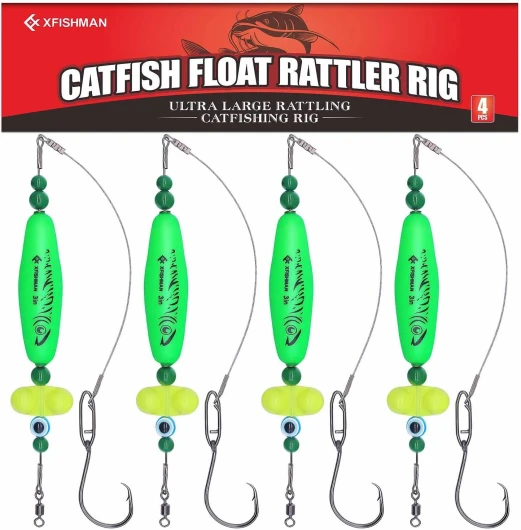
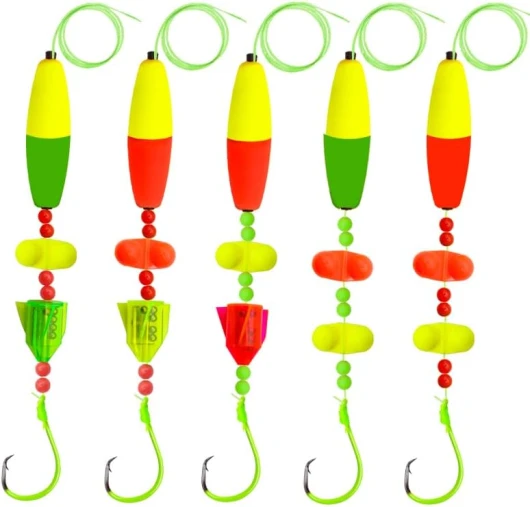
-large-full.webp)
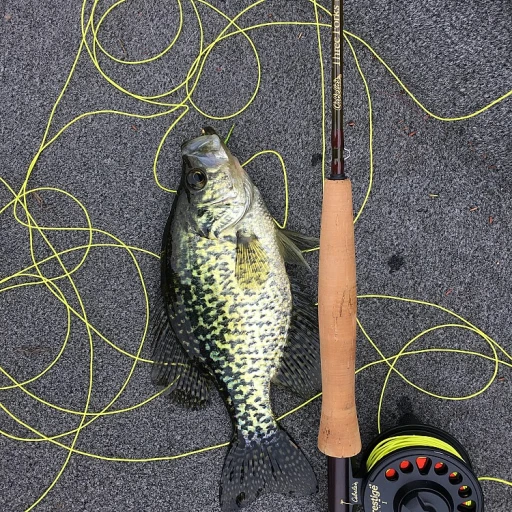
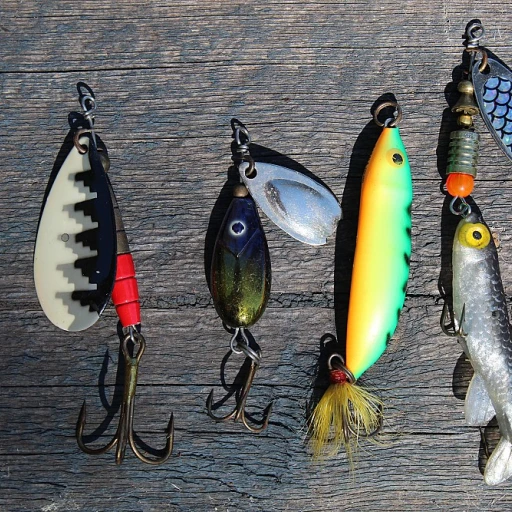
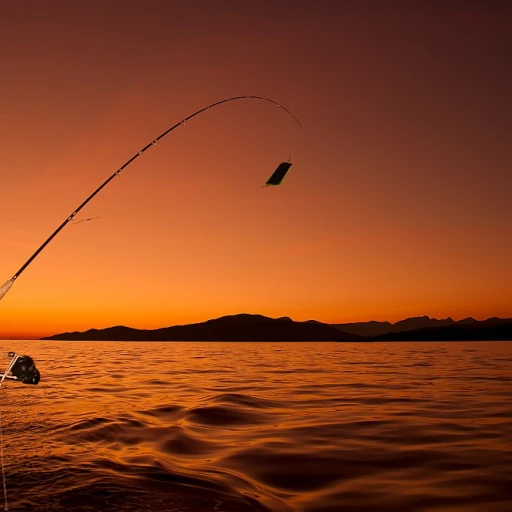
-large-teaser.webp)
-large-teaser.webp)
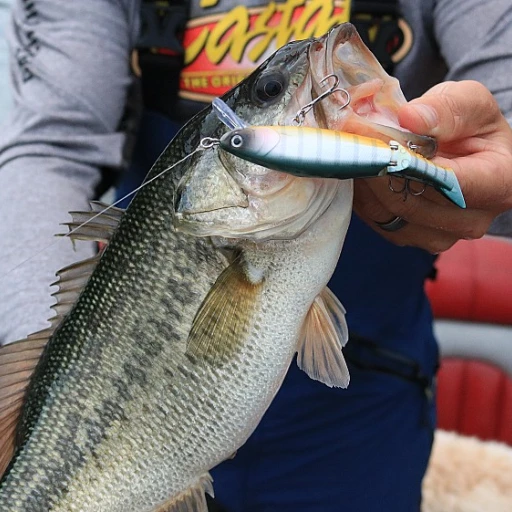


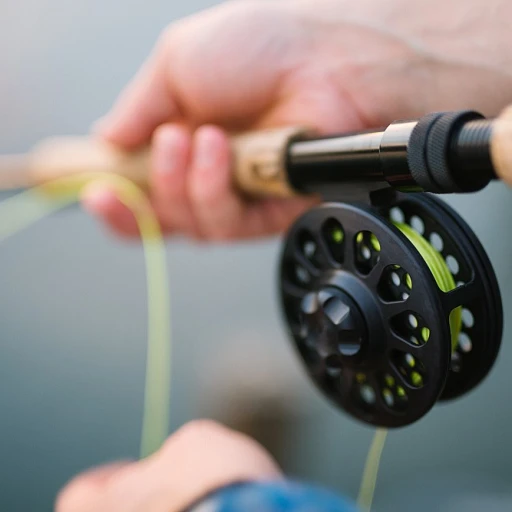


-large-teaser.webp)